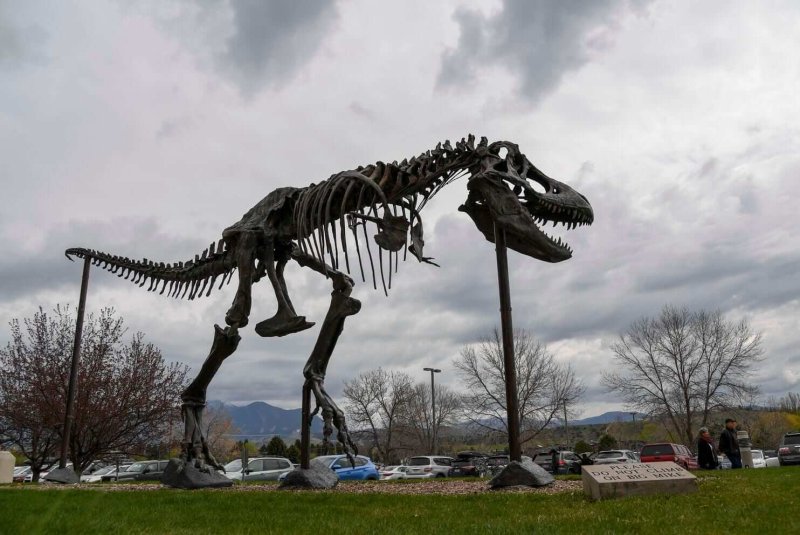“It was right over there, just a bit of it sticking from the earth that caught my eye,” [Kathy] Wankel said 31 years later on her first return to the site that changed her family story and will now become part of her country’s story, too. The “Wankel T. rex”, one of the largest and most complete skeletons of the meat-eating dinosaur ever found, [debuted June 8] as the star attraction of the newly refurbished, $110 million fossil hall at the Smithsonian National Museum of Natural History.
…
Geologists know the area as the Hell Creek Formation, a vast swath of land eroded just enough to uncover the layers of time and earth where dinosaurs once walked. Kathy knew to look for bones and stones alike.
…
It was about a month before they could return. They came in the fall, found the spot and chipped a set of long bones from the rock. For the first time since its final breath, the T. rex — or part of it — was on the move.
…
Wankel’s T. rex, estimated to contain almost 90 percent of the living animal’s bones, quickly became a favorite with visitors and researchers alike.
Read full, original post: ‘The Nation’s T. rex’: How a Montana family’s hike led to an incredible discovery































